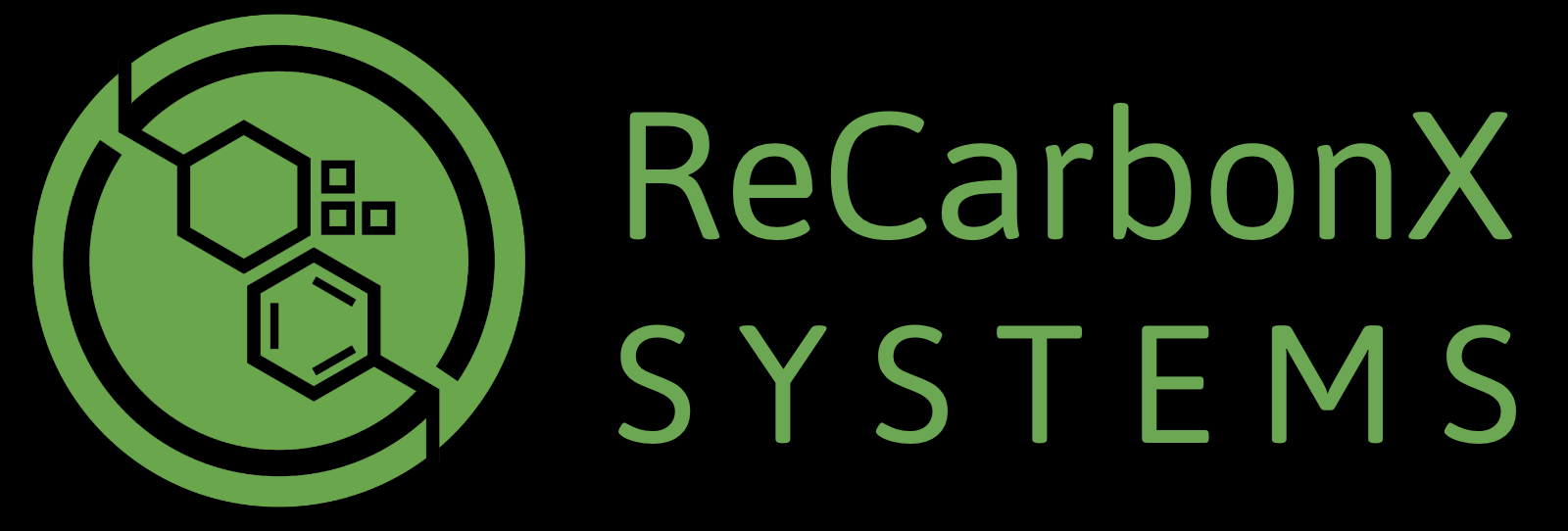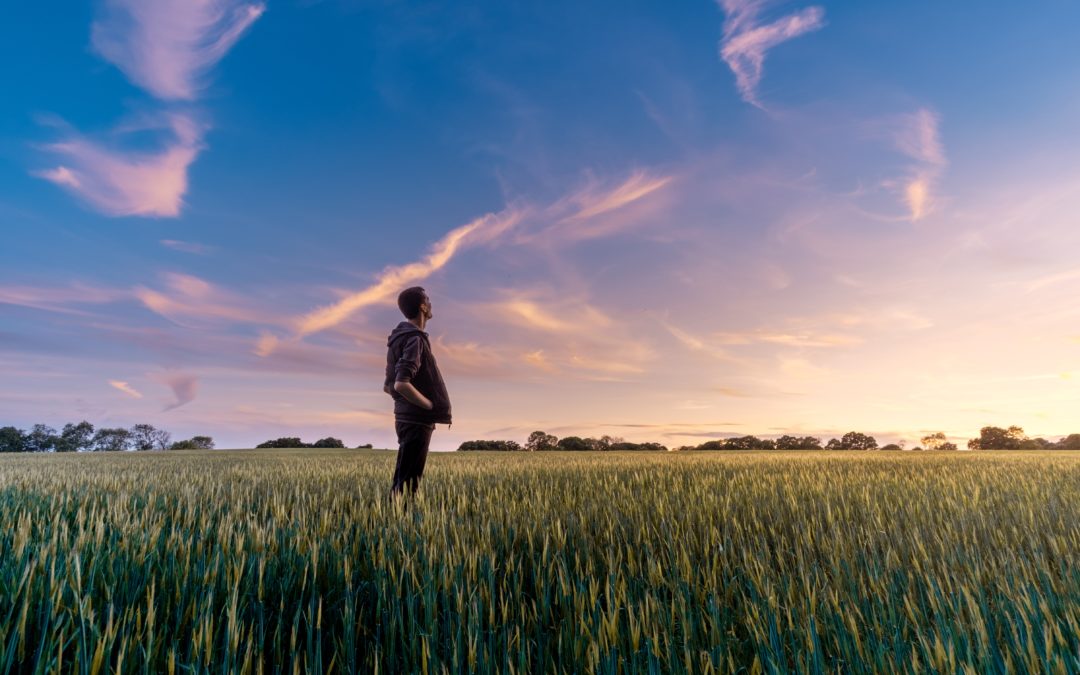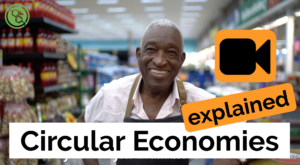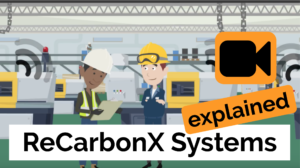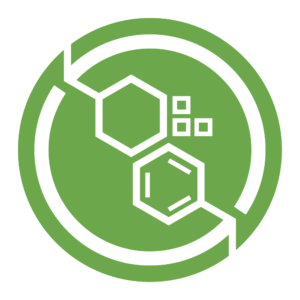Only by thinking about where we want to be tomorrow can we prompt the action we need today.
— Ceri Parker for WEF
In November, WEF published an article asking members of their Global Future Councils what their vision for 2030 was. The range of imagined futures is inspiring – from rewilding our cities to rethinking leadership and redefining capitalism. And it got the ReCarbonX founding team thinking about the ‘Paper or plastic bag?’ conundrum. Let me explain.
Recently, out in the wilds of the pre-Christmas drinks season here in Switzerland, I was asked by a group of mostly work-at-home parents about my latest project. So I explained the concept: blockchain based tracking systems for manufacturers that will ultimately allow consumers to scan a product QR/bar code to see real sustainability and eco footprint data about that product.
The responses were immediate, and there was a distinct tone of relief. “It’s about time … I hate not being able to see where stuff comes from.”
“So what would you like to see?”
When I posed the question to the group, one woman’s answer went something like this: “I want to see the data. No matter what I buy, there’s some kind of impact on the planet. People talk about only using paper bags, but then I hear about paper companies not replacing the trees they use, and right in front of me in the supermarket are plastic bags that claim to be recyclable and sustainably produced. Who do I believe? How am I supposed to make the right choice?”
We’ve all, by now, read about the devastating effect of throw-away plastic bags as they enter and clog natural waterways and wind up in the form of microplastics and in the stomachs of sea creatures. The general cry is that, if it comes to a choice of plastic or paper, then paper is best.
But is it really?
Like many things in this life, the sustainability of paper production inhabits a spectrum. While some production processes are sustainable (for every tree used, another is planted), there are some manufacturers for whom this is not a priority. In the latter case, the carbon footprint of the paper product will be much higher.
For what it’s worth, existing forests mitigate up to 18% of carbon emissions so, although the jury’s still out on whether older or younger trees absorb more CO2 than mature trees, engaging NCS or ‘natural climate solutions’ like tree-planting seems like a no-brainer – especially in the light of recent massive and widespread forest destruction due to fires like the ones Australia is currently enduring.
We’ll share more detail about how plastic recycling works in another post, but for now, as we head into 2020, this is the ReCarbonX team’s vision for the coming years:
What if supermarket customers have access to product eco footprint data? What if we are able to convert big industry to hydrogen transport and to greening their buildings? What if all governments and municipalities place orders for 100% recycled plastic window frames, and generate energy on rooftops? What if our energy bills are insignificant, and we can all walk or cycle to work through leafy, treed streets? What if companies compete not to get more market share thanks to lower pricing, but to install faster the radical technologies that help mitigate climate change?
Challenge accepted. Let’s see how far we can get!
*
Please get in touch with us if you would like to set up your paper or plastics company with a tracking system for its manufacturing processes.
Image in this post courtesy Benjamin Davies via Pexels.
